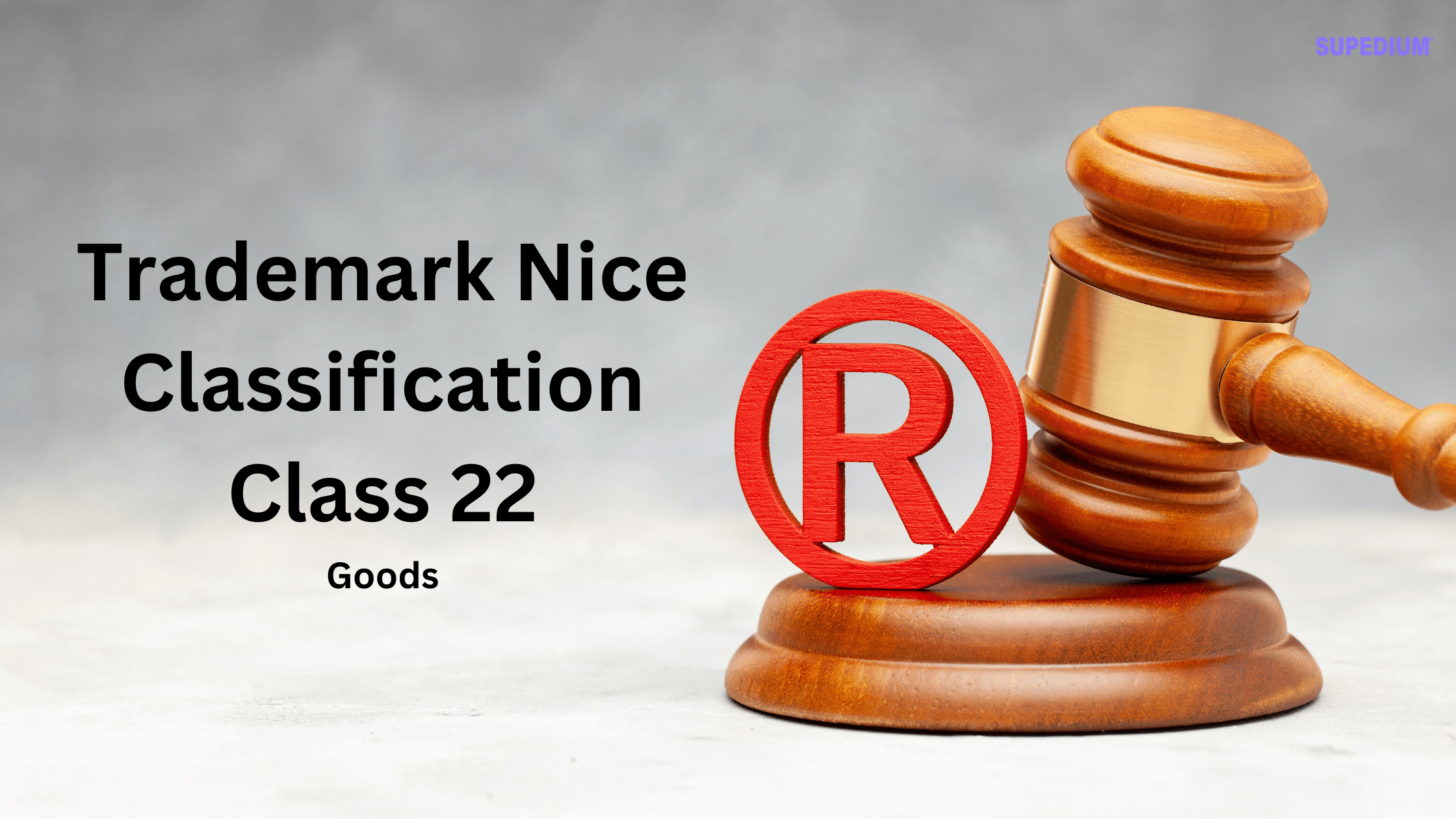Table of Contents
![]()
Limited Flexibility Exchange Rate System Definition
The International Monetary Fund’s name for an exchange rate system with a managed float is the Limited Flexibility Exchange Rate System. A flexible exchange-rate system is a monetary system that allows the exchange rate to be determined by supply and demand. Every recognized sovereign creating a currency must decide what type of exchange rate arrangement to maintain. Between permanently fixed and completely flexible are several heterogeneous approaches. They have different implications for the extent to which national authorities participate in foreign exchange markets. A Limited Flexibility Exchange Rate System is an exchange rate control policy in which an exchange rate that is generally allowed to adjust to equilibrium levels through to the interaction of supply and demand in the foreign exchange market, but with occasional intervention by government. Also termed managed float or dirty float, most nations of the world currently use a managed flexible exchange rate policy. With this alternative an exchange rate is free to rise and fall, but it is subject to government control if it moves too high or too low. With managed float, the government steps into the foreign exchange market and buys or sells whatever currency is necessary keep the exchange rate within desired limits. This is one of three basic exchange rate policies used by domestic governments. The other two policies are flexible exchange rate and fixed exchange rate. A managed float exchange rate policy is much like a mother who allows her young son to play outside but does not allow him to leave the backyard. Freely playing in the backyard is the flexible part and not leaving the backyard is the managed/fixed part.
The Policy Players in an Exchange Rate System
A managed flexible exchange rate policy is the policy of choice among most nations of the world. A few smaller nations fix their exchange rates to that of larger, stable nations as a means of assuring their own stability. But most allow their exchange rates to fluctuated through market forces within specified limits. When policy intervention is needed, it is undertaken by two types of players — central banks and international agencies.
How A Managed Exchange Rate System Works
Foreign exchange markets are essentially “over-the-counter” markets, with buyers and sellers located around the globe. Central banks and the International Monetary Fund regularly monitor the exchange rates negotiated among the currency buyers and sellers. With a managed float, the foreign exchange markets carry on normal day-to-day activity as exports, imports, investors, and speculators buy and sell the currencies needed to conduct their business activities. If, however, an exchange rate looks to be rising or falling too much, moving outside the range that the policy players deem acceptable, then they are likely to step into the fray, doing whatever buying and selling of currency is necessary to keep the exchange within bounds.
References for Managed Exchange Rate System
- https://en.wikipedia.org/wiki/Exchange-rate_flexibility
- https://www.nasdaq.com/investing/glossary/l/limited-flexibility-exchange-rate-system
- https://financial-dictionary.thefreedictionary.com/Limited+flexibility+exchange+rate+system





Be the first to comment